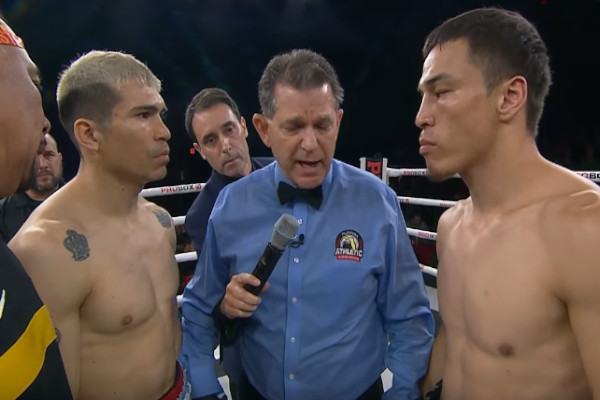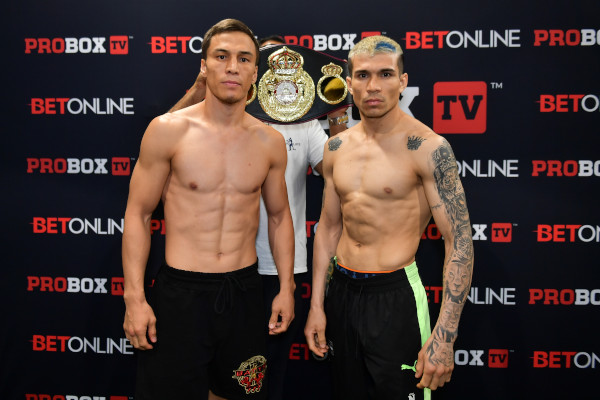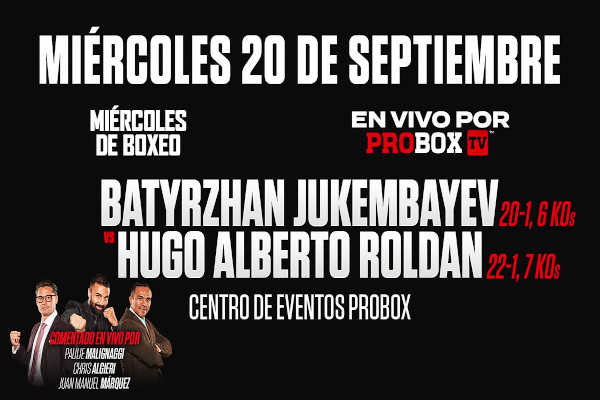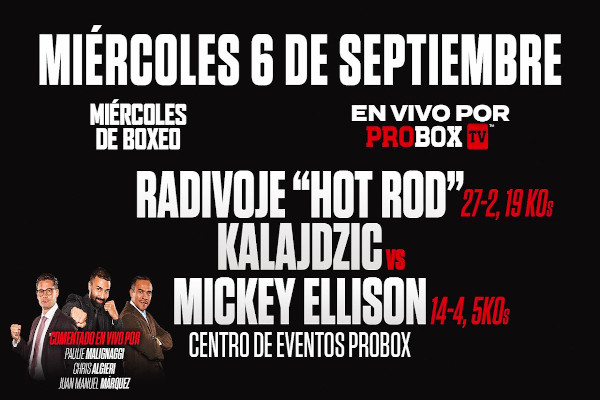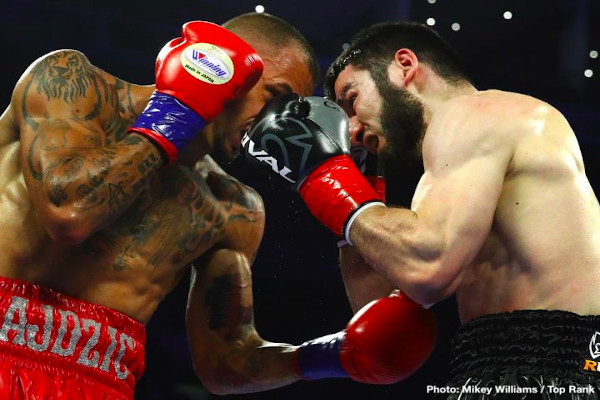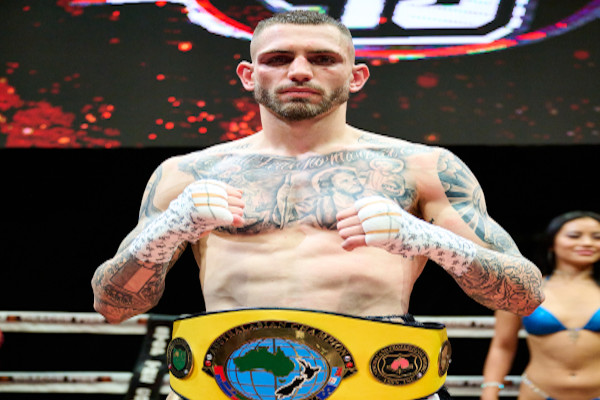La mancha del dopaje en el boxeo sigue creciendo: Zolani Tete dio positivo cuando logró contundente triunfo sobre enrachado Cunningham
Daniel Pi
@BastionBoxeo
Durante años los expertos han querido tirar bajo la alfombra los casos de dopaje en el boxeo, mirar para otro lado o minimizar sus consecuencias, señalando cosas tan ridículas como que en otros deportes también se producen, que las sustancias dopantes no marcan la diferencia, que sólo una minoría se dopa y que reprocharle los positivos a los púgiles es sólo una muestra de envidia hacia ellos.
Sin embargo, más allá de lo ridículo de dichas afirmaciones, que se contestan a sí solas, los hechos nos demuestran que hay una enorme cantidad de boxeadores dopados, que sólo ha hecho que crecer y crecer desde que se empezaron a poner en marcha mecanismos antidopaje sencillos, rudimentarios e ineficaces en las últimas décadas. De hecho, teniendo en cuenta que ni mucho menos se atrapa a todos los que se dopan, sino a una minoría que es muy tonta o se confía mucho, realizando mal los ciclos, quizás no estuviesen equivocados aquellos entrenadores que señalaban cosas como que la mayoría de top 15 están dopados…
El último de los casos ha sido Zolani Tete, otro boxeador veterano más que, de la noche a la mañana, logró volver a su versión más contundente e incisiva cuando sólo se esperaba de él que gradualmente se diluyese hasta el retiro. En su caso, tras su ajustada y cuestionable victoria ante Misha Aloyan (que dio positivo como amateur) y su dura derrota contra John Riel Casimero (contra el que hay muchas acusaciones de dopaje), Tete estuvo apartado de los rings dos años, regresó con un brevísimo rodaje y, tras otro medio año de inactividad, se enfrentó a Jason Cunningham.
Aunque es verdad que Cunningham no estuvo tácticamente inspirado, más bien todo lo contrario, este púgil que venía en la mejor racha de su carrera, con triunfos ante Gamal Yafai y Brad Foster, fue vapuleado como un títere por parte de Tete, que le asestó un brutal knockout en el cuarto asalto. Pues bien, fue hacia esas fechas cuando, según se informa, Tete falló un control antidopaje, explicando esto cómo un boxeador en mala racha y con largas inactividades pudo deshacerse de un oponente en el mejor momento de su trayectoria profesional como si éste sólo fuese un pelele o un novato.
Esto a su vez recuerda cómo Tete, tras su peor racha entre 2010 y 2012, empezó a dominar y noquear como visitante a buenos púgiles, siendo especialmente llamativa otra victoria en Reino Unido inesperadamente abrumadora ante Paul Butler en 2015…
Ahora toca esperar a ver en qué termina todo esto, ya que no sería imposible que Tete fuese otro tramposo más que se escapase de su crimen sin castigo. Pero el hecho es que ya es hora de que quienes todavía no lo han hecho despierten de una vez y que se den cuenta de que todo lo que hemos visto en los últimos años respecto a positivos en control antidopaje sólo es la punta del iceberg, y que por debajo esta mancha en nuestro deporte se extiende hasta límites inimaginables.
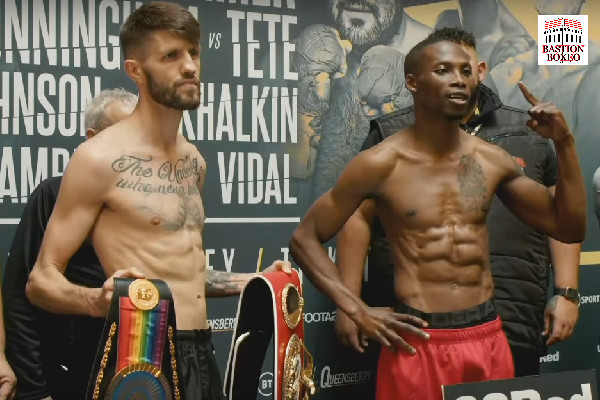
The stain of doping in boxing continues to grow: Zolani Tete tested positive when he achieved a resounding victory over Cunningham
Daniel Pi
@BastionBoxing
For years experts have wanted to sweep doping in boxing under the rug, look the other way or try to minimize the effects of PEDs, pointing out such ridiculous things as that there is doping in other sports, that doping substances do not make a difference, that only a minority of boxers are dopers and that reproaching boxers for their positives in doping tests is just a sign of envy towards them.
However, beyond the ridiculousness of these statements, the facts show us that there is a huge number of doped boxers, which has only grown and grown since simple, rudimentary and ineffective anti-doping systems began to be put in place in recent decades. In fact, taking into account only test positive a minority that is very stupid or overconfident, perhaps the coaches who said that the majority of top 15 are doped were right…
The last of doping cases has affected Zolani Tete, another veteran boxer who, overnight, managed to return to his most forceful and incisive version when he was only expected to gradually fade until retirement. In his case, after his close and questionable victory against Misha Aloyan (who tested positive as an amateur) and his tough defeat against John Riel Casimero (against whom there are many doping accusations), Tete was away from the ring for two years, returned with a very brief tune-up and, after another half year of inactivity, he faced Jason Cunningham.
Although it is true that Cunningham managed the fight poorly from a tactical point of view, this fighter who was on the best streak of his career, after victories against Gamal Yafai and Brad Foster, was beaten like a test dummy by Tete, who scored a brutal knockout in the fourth round. Well, it was around this time that Tete reportedly failed a doping control, something that explains how a boxer on a bad moment and with long layoffs was able to get rid of an opponent in the prime of his professional career as if he were just a rookie.
This in turn is reminiscent of how Tete, after his worst run between 2010 and 2012, began to dominate and knock out good fighters on the road, highlighting another unexpectedly overwhelming victory in the UK against Paul Butler in 2015…
Now we have to wait and see how all this ends, since it would not be impossible for Tete to be another cheater who escapes from his crime without punishment. But it is time for those who have not yet done so to wake up once and for all and realize that everything we have seen in recent years regarding positives in anti-doping tests is only the tip of the iceberg, and that below this stain on our sport extends to unimaginable limits.


